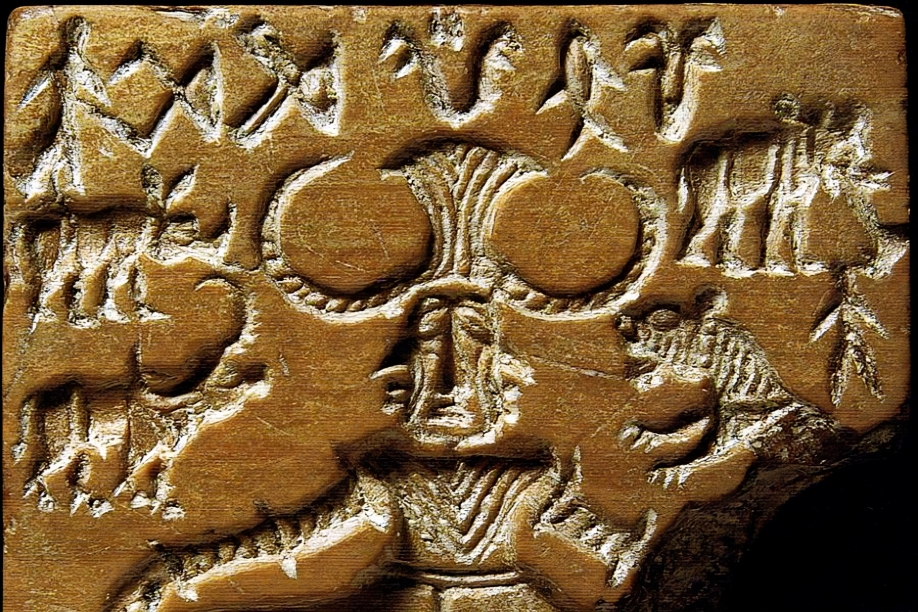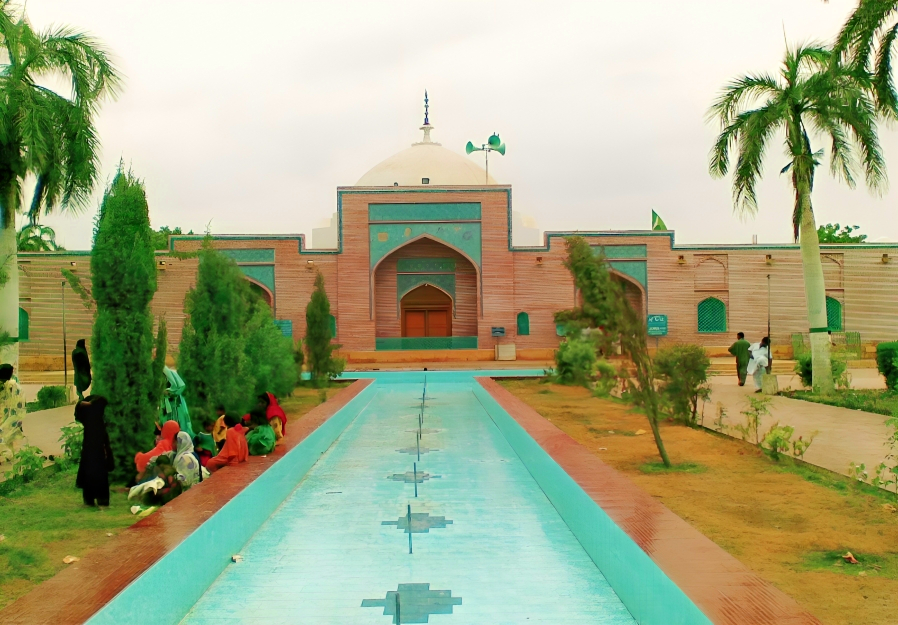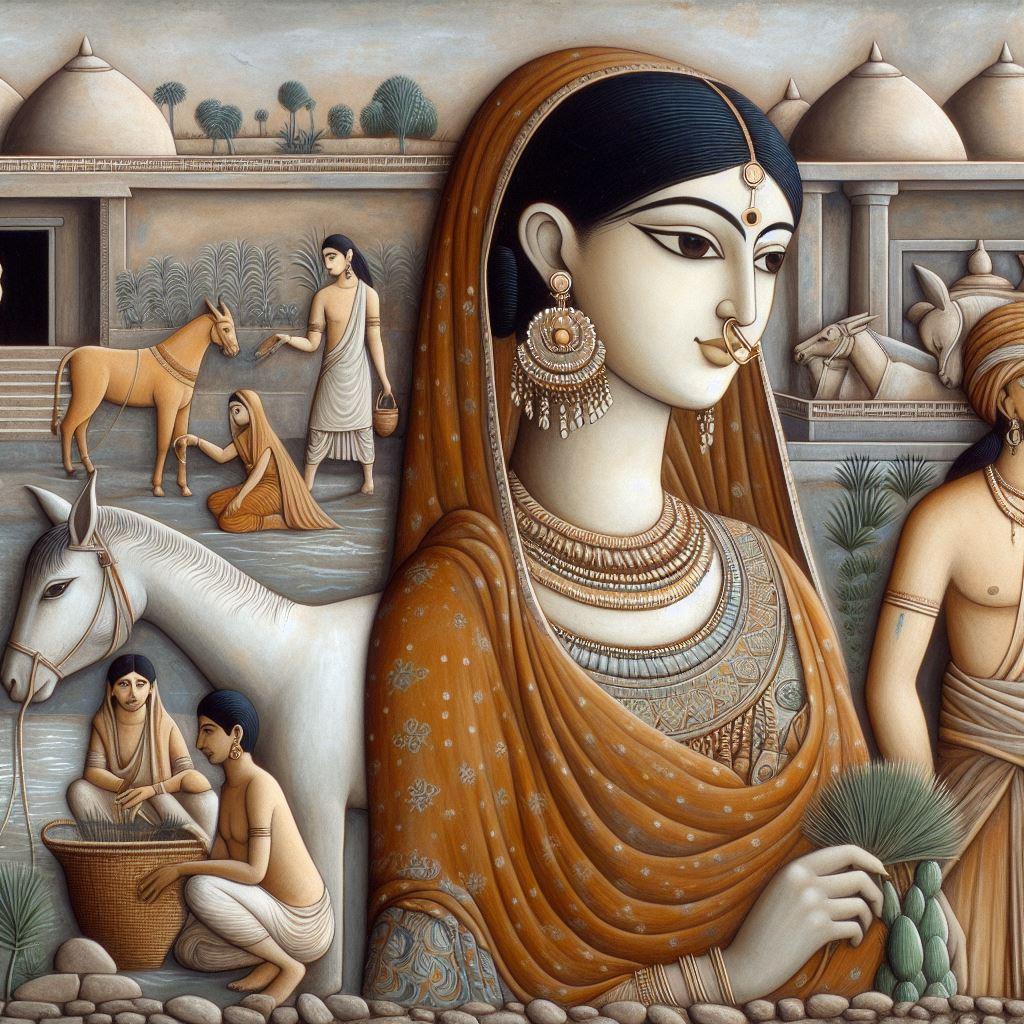
The Indus Valley Civilization is believed to be one of the earliest civilizations that was technologically more advanced than other civilizations of their time. Their existence dates back at least 8,000 years, and they began establishing their settlements in present-day India and Pakistan. There are many undiscovered facts of this mysteriously lost advanced civilization, including writings that have not been deciphered to this day.
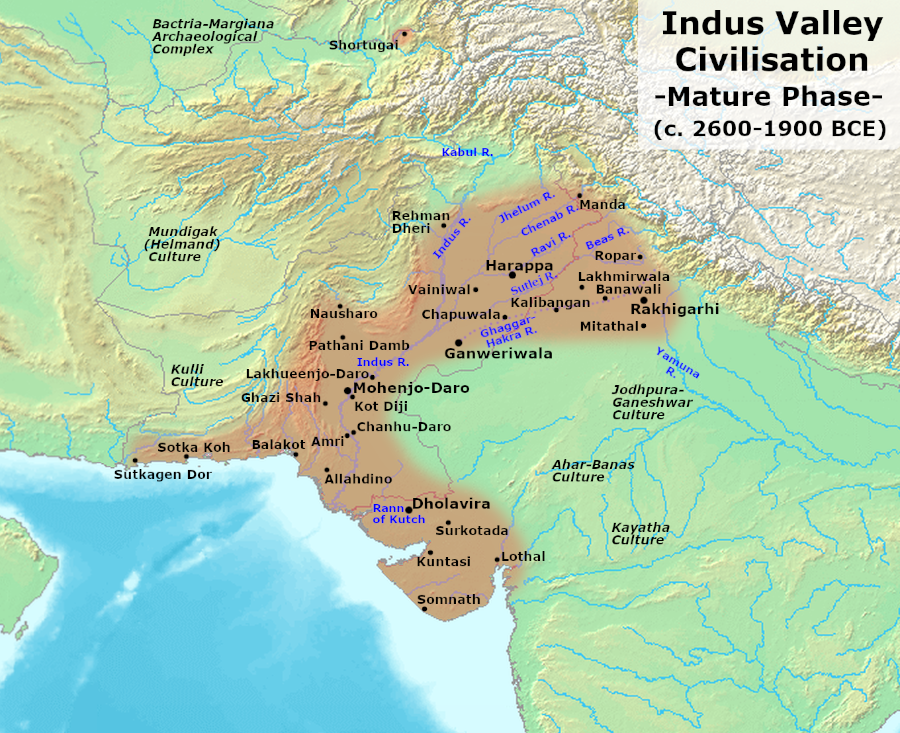
The Indus people occupied at least one million square kilometers (386,000 square miles) of territory, which was more than their more prominent peoples of the time in Egypt and Mesopotamia, and it is believed that they contributed the least. 10% of Earth's total population during that time.
While how this vast civilization died remains a mystery, historians have previously suggested that an Aryan invasion from the North led to the fall of the Indus, however, That hypothesis is no longer plausible.
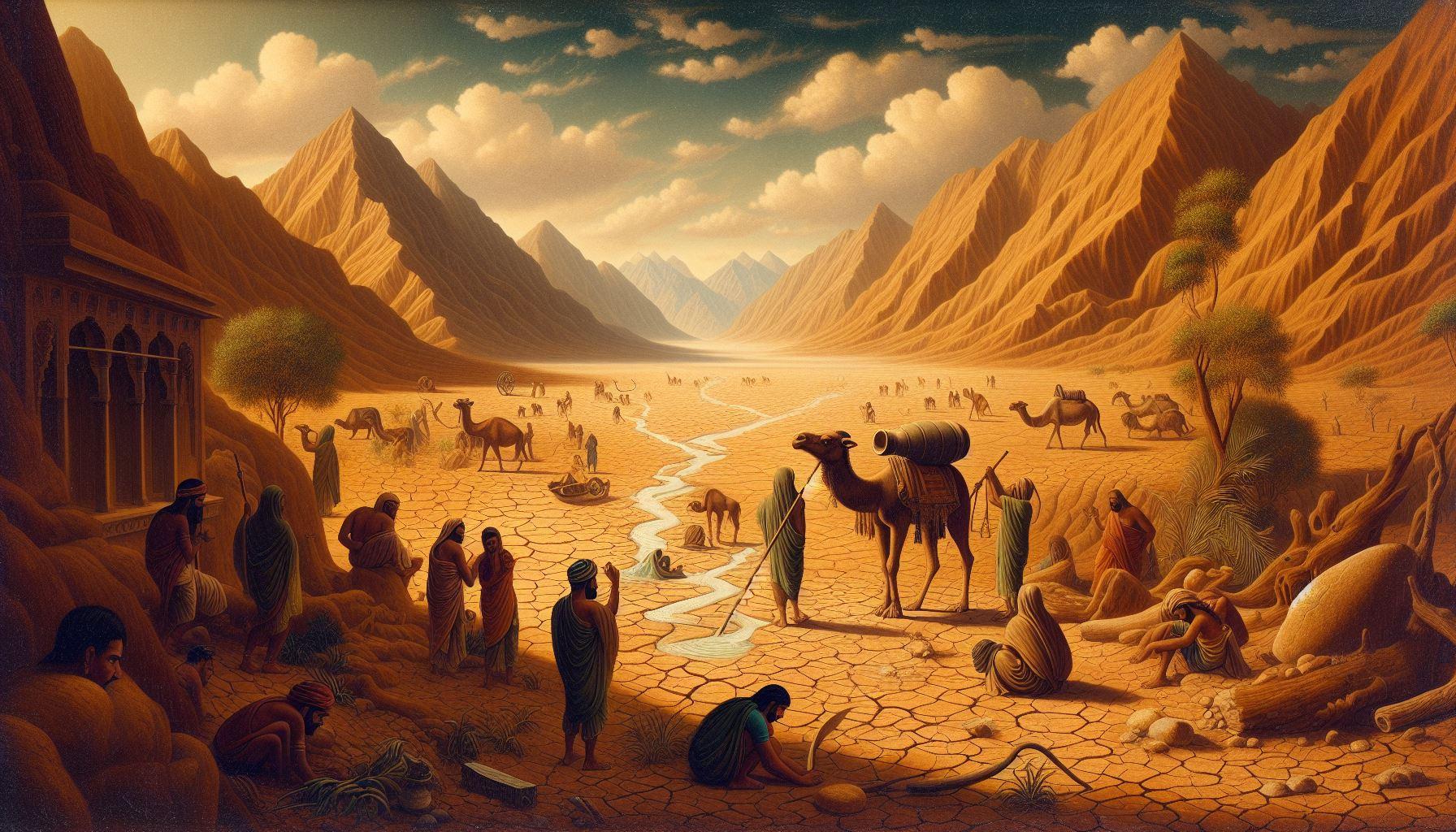
Recent research shows that the monsoon cycle was essentially the reason the Indus Valley civilization collapsed because it made agriculture nearly impossible and the region that was once a vast civilization became abandoned. wild. It is also possible that there were earthquakes and droughts.
There is another strange theory behind the disappearance of the Indus civilization, which suggests that there was an unusual attack on this civilization. This hypothesis is based on skeletons discovered from the remains of the Indus civilization. The skeletons, upon study, were found to be burned at such high temperatures that it would not have been possible unless there had been an atomic attack at the time. While the theory has not been proven, how such a huge population disappeared completely remains a mystery.
Some facts about the Indus Valley civilization
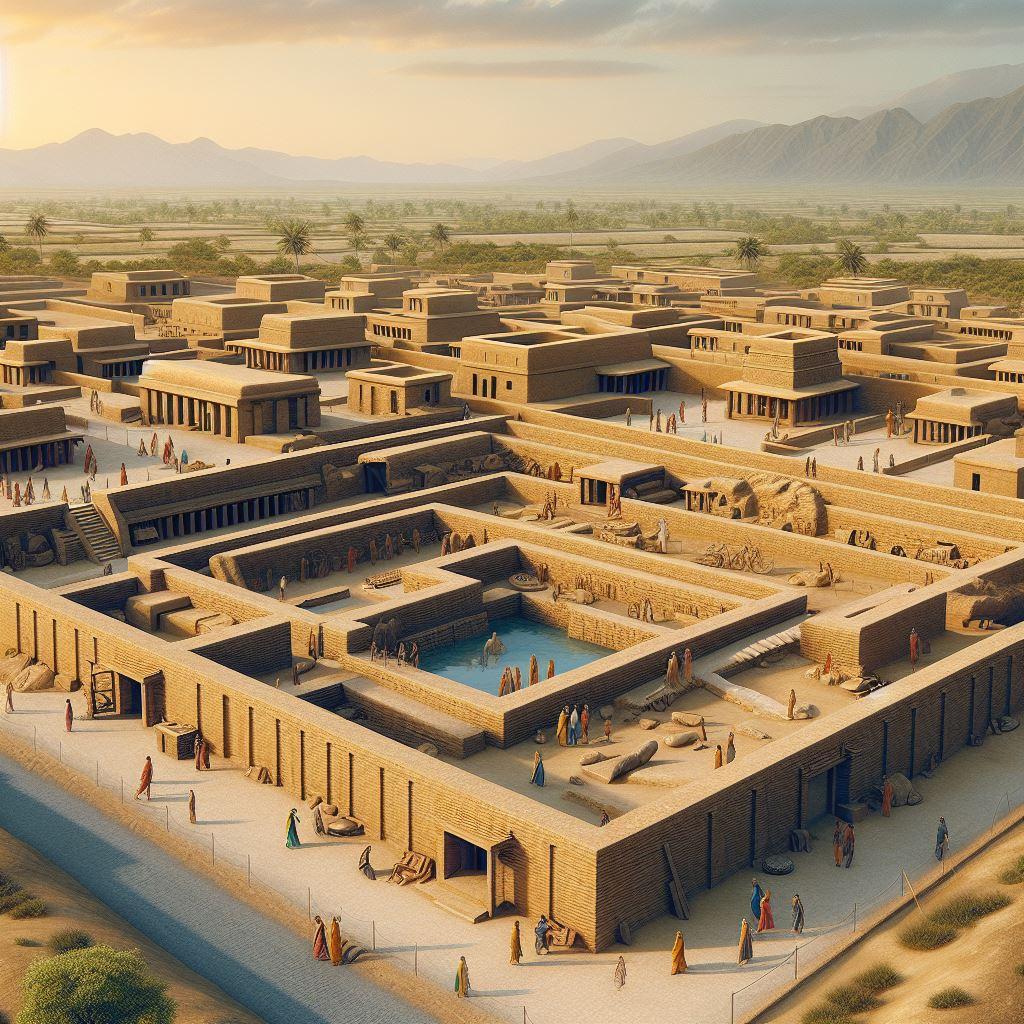
The Indus Valley Civilization was one of the four great ancient civilizations (Egypt, Mesopotamia, India, and China), and perhaps the oldest
Harappa, Mohenjo-Daro, and the major cities of the Indus Valley had architectural planning of a class unparalleled in the ancient world. To protect against seasonal floods and polluted waters, settlements were built on giant platforms and high elevations.
The cities of the Indus Valley civilization had the world's first known urban sanitation systems
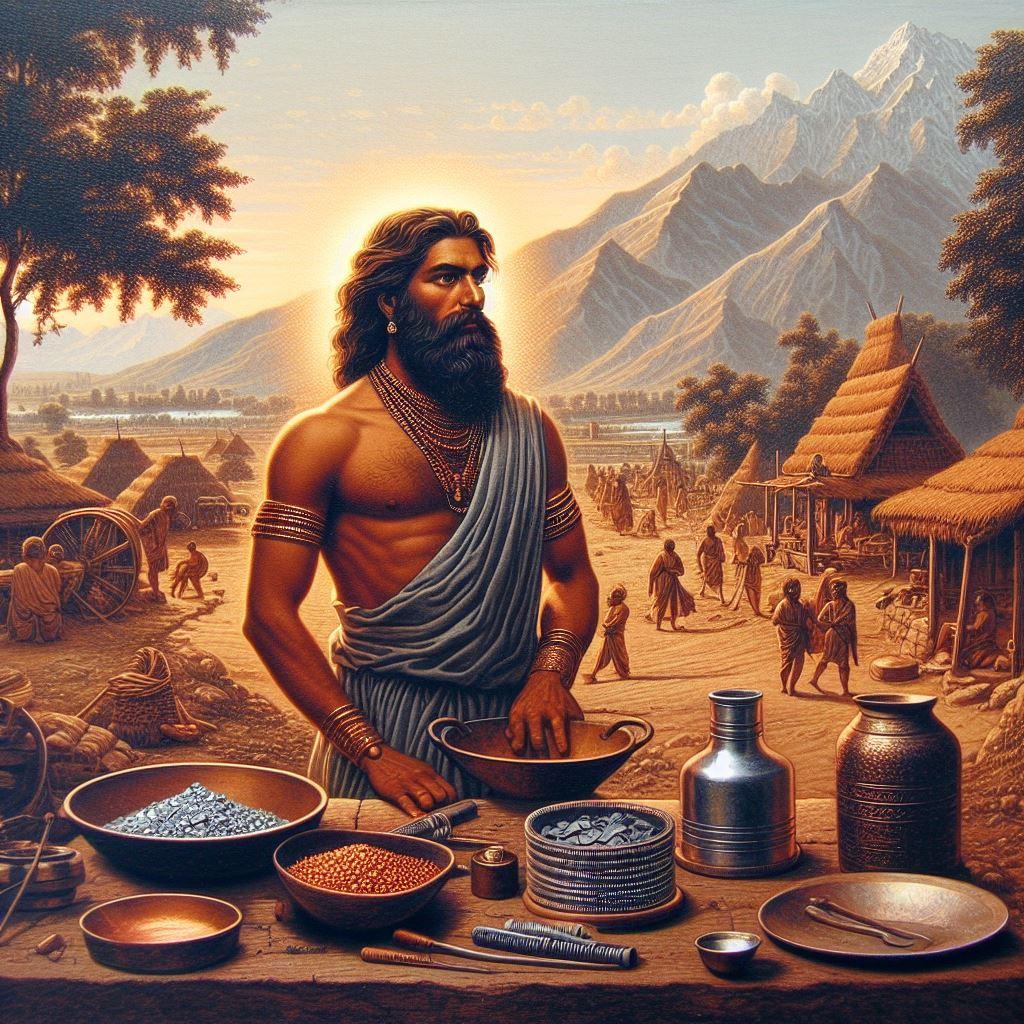
The people of the Indus Valley pioneered metallurgy and the production of copper, copper alloys, lead and tin.
Leave a comment
Your email address will not be published. Required fields are marked *

